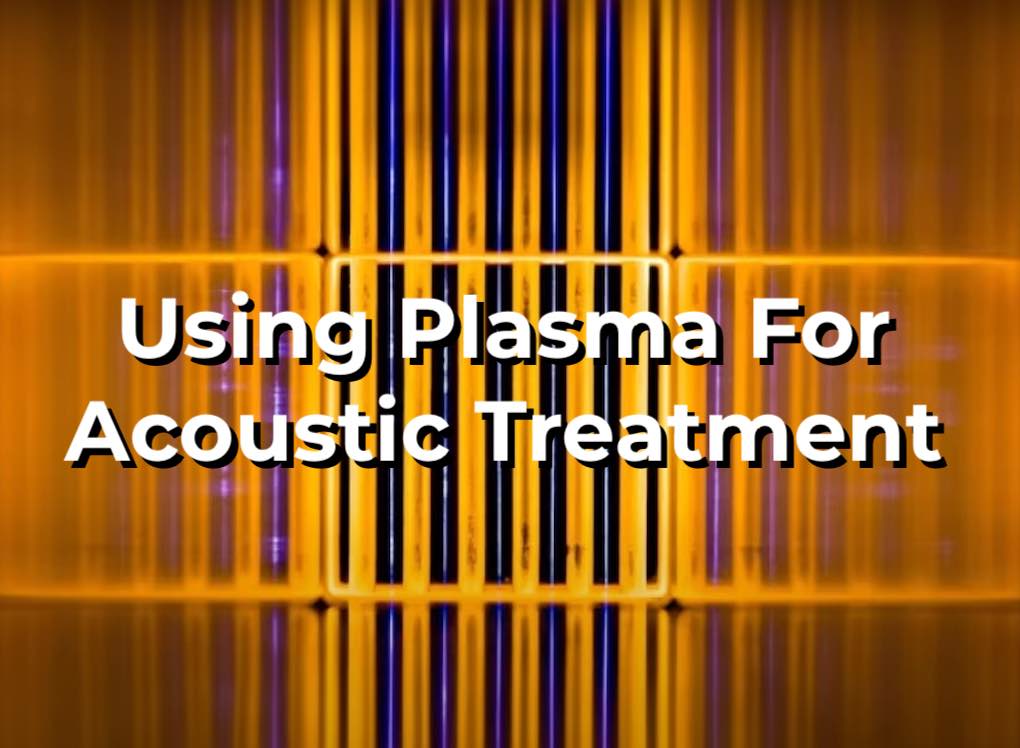- in Production by Bobby Owsinski
- |
- 2 comments
Plasma Walls Might Be The Sound Absorption Breakthrough We’ve Been Waiting For
Acoustic designers are very good at creating wonderful listening environments, and the techniques they use are not secrets. When it comes down to it, it’s all about absorbing frequencies in a way that provides an even response over a given reverb time. That said, an acoustician’s basic design component is sound absorption material, and while there are many materials that work extremely well in this setting, they all have one failing – the lower the frequency you want to tame, the more room they take up. New research has found an alternative using active absorption to build what might be described as “plasma walls” that could work as well or better than current materials using far less space.

Today the majority of the acoustic treatment being used is passive, but a new generation of absorption devices might require that you plug then in before they’ll work. That’s what EPFL (École Polytechnique Fédérale de Lausanne) Signal Processing Laboratory LTS2 developed with it’s groundbreaking plasma-based active sound-absorbing technology. The laboratory is now teaming up with the Swiss acoustics company Sonexos to bring the research to market.
Ionizing Air
While plasma loudspeakers have been around for some time, EPFL scientists reversed the process in order to reduce noise by ionizing air. This is somewhat like the noise-cancelling process found in autos and headphones, except that they use the traditional membrane of a loudspeaker as the main part of the process like it’s been done for generations. A membrane has mass so it takes up space, takes time to activate via air pressure, and the frequency response is limited by its dimensions.
But what if you could use air, which has none of those limitations, instead? That’s exactly what EPFL researchers did by ionizing a thin area of air, which can now respond to external commands on what frequencies to cancel.
It may be an exaggeration that you’re going to plug in the acoustic plasma walls in your studio anytime soon, but we’re definitely heading in a new direction in acoustic treatment, which is exciting. I’ve said it before many times in this blog that the basics of sound reproduction using pistonic drivers is over a hundred years old. While it’s evolved greatly through the years, the basics of how it works haven’t change, and it’s time that they do.
Immersive audio won’t truly take off until we have a new reproduction technology that covers our living environment, and the same can be said for acoustics as well. Is it possible that plasma technology can serve this dual purpose? Fingers crossed that it’s the breakthrough we’ve been waiting for.

